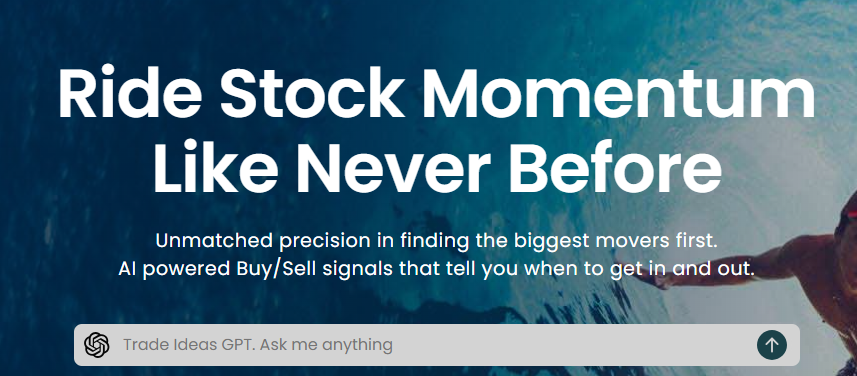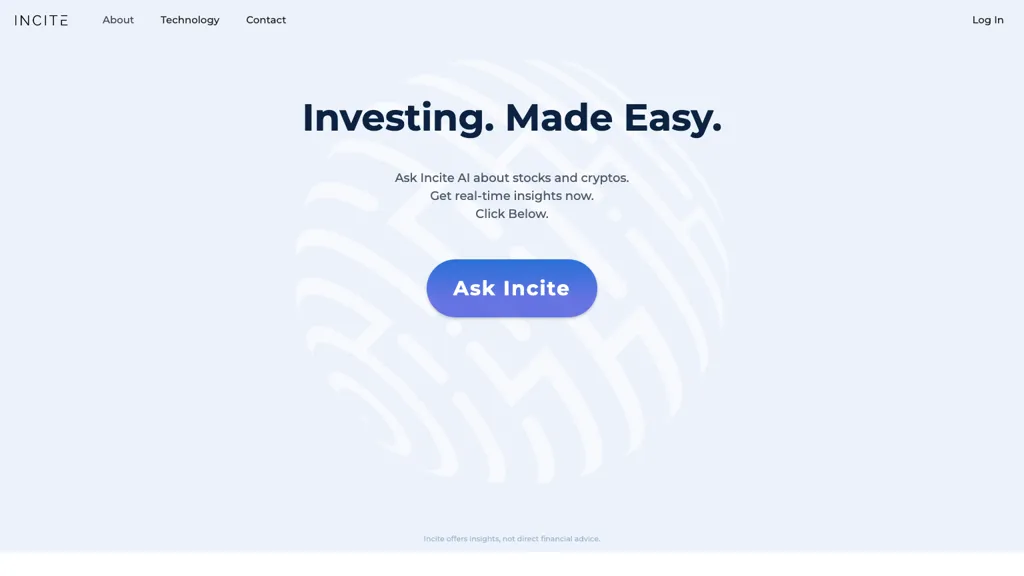AI trading platforms that forecast or analyze stocks are known for their capacity to modify strategies that meet the demands of the users. This enables them to adapt to specific trading objectives and conditions, such as risk tolerance. A platform that offers a wide range of customization options can improve your trading performance. Here are the top 10 ways to evaluate the ability of platforms to modify their strategies:
1. Evaluate Pre-Built Strategy Templates
Variety of templates. Check whether the platform offers a broad variety of pre-built strategies for various types of trading (e.g. swing trading, day trading or long-term investing).
The ease of use is a good indication.
Performance history: Verify if the platform provides historical performance data for pre-built strategies.
2. Assess Customized Strategy Creation
Drag-and-drop applications: Search for platforms that offer user-friendly drag and drop interfaces to customize strategies.
Check the platform's coding options. Advanced users may want to develop custom scripting languages (e.g. Python or R).
Flexibility: Ensure that the platform permits you to establish entry/exit rules and risk management guidelines, and other key components of your strategy.
3. Check for Backtesting Capabilities
Historical data: Find out whether your platform has sufficient historical data to allow backtesting strategies.
Modifiable parameter: Make sure you have the ability to adjust parameters during backtesting (e.g. indicators, timeframes).
Performance metrics - Make sure to see if your platform offers detailed performance indicators (e.g. the win rate, Sharpe coefficient or drawdown) for all strategies tested back.
4. Evaluate Real-Time Strategy Testing
Paper trading: Make sure that the platform lets you play around with your strategies or to test them without risking any capital.
Live testing - Check that you are able to test strategies using small amounts of money to see how they perform.
Real-time adjustments: Check if you are able to alter your strategies in real time based on the market conditions.
5. Examine the degree of integration using technological indicators
Indicator Library: Determine whether the platform is equipped with an indicator library for technical indicators (e.g. moving averages, RSI or MACD).
Custom indicators: Make sure you can create or import custom indicators to use in your strategies.
Examine the combinations of indicators.
6. Check for Risk Management Tools
Stop-loss/take-profit: Ensure the platform allows you to set stop-loss and take-profit levels within your strategies.
Sizing your positions. Make sure you have defined rules on the best way to handle your risk (e.g. set amount, percent of portfolio).
Risk-reward: Find out if your platform lets you define risk-rewards for each trade or strategy.
7. Evaluate Multi-Asset Strategy Support
Asset Classes: Check that the platform can support strategies for a variety of asset types (e.g. ETFs and Options, Forex and Stocks).
Strategies for cross-assets : You can try to create strategies involving multiple asset categories (e.g. pair trading hedges, pair trading).
Market coverage: Make sure the platform covers the markets in which you are in (e.g. US and international markets or copyright and so on.).
8. Review Automation, Execution and Execution
Automated trading. Check if the platform allows automated execution, based on previously defined strategies.
Order types: Check whether the platform can support different kinds of orders (e.g., limit, market stop, limit) to execute a strategy.
The Latency Checker: Ensure that the platform allows for transactions to be completed with minimal latency. This is especially important for high-frequency strategy.
9. Check for Strategy Optimization Tools
Parameter Optimization: Make sure that the platform has tools for optimizing the parameters of strategies (e.g. genetic algorithms grid search, genetic algorithms).
Machine learning: Ensure that the platform has machine learning to help refine and optimise strategies.
Scenario analysis: Check if the platform allows you to test various strategies under different market situations (e.g. bear, bull volatile).
Review User Feedback and Community Support
User reviews: Read user feedback to determine the platform's capacity to adapt strategies.
Community forums - Look for if a platform has a forum that is active and where users can share their own strategies.
Support resources: Ensure the platform provides tutorials, webinars or documentation to help users design and implement strategies.
Bonus Tips
Trial period: Experience the customization options of the platform without cost with a demo or demo.
Scalability is important. The platform needs to be able to handle strategies that become more complex as you trade.
Support for customers Find out if there's support for your queries or issues related to strategy.
Following these tips can assist you in assessing the capabilities of AI trading platforms to tailor their strategies. You will be able decide which one best fits your trading needs and allows to you to fine-tune and implement your strategy. Platforms with strong customization capabilities can help you adapt to the changing market conditions and enhance the performance of your trading. Check out the recommended ai for investment hints for website tips including trading with ai, chatgpt copyright, ai for stock predictions, using ai to trade stocks, investment ai, ai stock trading app, ai investing platform, ai for stock trading, market ai, market ai and more.

Top 10 Tips For Evaluating The Reputation And Reviews For Ai Stock Predicting/Analyzing Trading Platforms
In the case of AI-powered platforms for trading and stock predictions, it is crucial to verify their reputation and reviews. This will ensure that they are dependable, trustworthy, and effective. Here are ten top suggestions to assess their reputations and reviews.
1. Check Independent Review Platforms
Review reviews on reputable platforms such as G2, copyright, and Capterra.
The reason is that independent platforms allow users to offer honest feedback.
2. Examine User Testimonials and Case Studies
TIP: Check out user reviews and case studies on the platform's site or third-party sites.
Why: These provide insights into real-world performance and satisfaction of users.
3. Review Expert Opinions on Industry Recognition
Tips: Find out if experts in the field, financial analysts or reputable magazines have evaluated or recommended the platform.
What's the reason? Expert endorsements provide an air of credibility for the platform.
4. Social Media Sentiment
Tip: Check social media platforms for comments and discussions about the platform (e.g. Twitter, LinkedIn, Reddit).
What's the reason? Social media gives an unfiltered view of trends and opinions in the world of social media.
5. Verify that the Regulatory Compliance is in place
Make sure that your platform is in compliance with the financial regulations (e.g. SEC, FINRA) and privacy regulations (e.g. GDPR).
Why: Compliance is crucial in order to make sure that the platform operates legally and ethically.
6. Transparency is a key element in performance measures.
Tips: Check whether the platform has transparent performance metrics.
Transparency can build trust and allows users to evaluate the effectiveness of a system.
7. Check Customer Support Quality
Read reviews about the platform to get information about their customer service.
Why: For a positive experience for the user, it's important to have reliable support.
8. Red Flags are a good indicator of a negative review
Tip - Look out for recurring complaints like poor performance, hidden costs or a lack of updates.
Reason: Consistently low feedback could indicate a platform issue.
9. Evaluation of User Engagement and Community Engagement
Tip: Check if the platform has an active community of users (e.g. forums, forums, Discord groups) and engages with users frequently.
The reason: Strong communities show the satisfaction of users and their continued support.
10. Study the track record of the company.
Review the company's history, the leadership team and its past performance within the field of financial technology.
What's the reason? A track record of accomplishment increases confidence in platform reliability and expertise.
Compare Multiple Platforms
Compare the reviews and reputation of various platforms to figure the one that is most suitable for you.
These guidelines will allow you to thoroughly evaluate the reviews and reputation of AI software for stock prediction as well as trading platforms. This will help you choose a reliable and efficient solution. See the top rated ai options for blog examples including ai options trading, can ai predict stock market, free ai tool for stock market india, best ai stock prediction, trading ai tool, how to use ai for copyright trading, ai options trading, invest ai, trading ai tool, stock trading ai and more.
